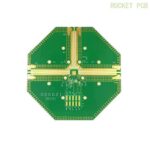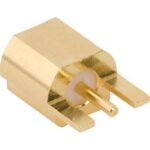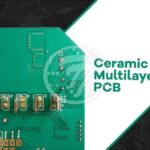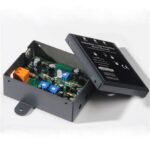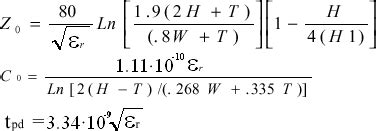
ALL ABOUT FLEX PCB
-
 Read more: 10 Tips for Advanced Requirements Impedance Control PCB
Read more: 10 Tips for Advanced Requirements Impedance Control PCBIntroduction to PCB Impedance Control Printed Circuit Board (PCB) impedance control is a crucial aspect of designing high-speed electronic systems. As signal speeds increase and rise times decrease, the importance of controlling the impedance of PCB traces becomes paramount to ensure signal integrity and minimize signal distortion, reflections, and crosstalk. […]
-
DIAC: Construction, Operation, and Applications
Posted by
–
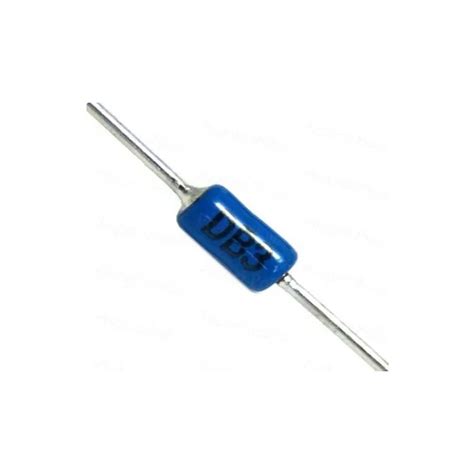 Read more: DIAC: Construction, Operation, and Applications
Read more: DIAC: Construction, Operation, and ApplicationsWhat is a DIAC? A DIAC, or Diode for Alternating Current, is a two-terminal, Bidirectional Switching device that conducts current only after its breakover voltage has been reached momentarily. Once this threshold is reached, the DIAC continues to conduct until the current falls below the holding current. DIACs are widely […]
-
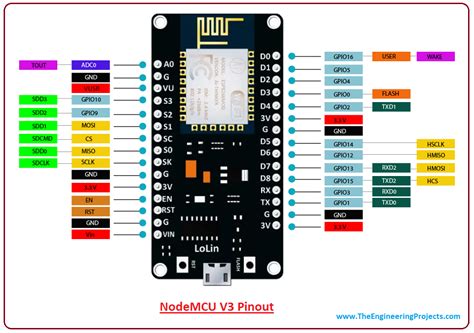 Read more: NodeMCU Pinout: Details and Pinouts you Should Know
Read more: NodeMCU Pinout: Details and Pinouts you Should KnowIntroduction to NodeMCU NodeMCU is an open-source firmware and development board designed for IoT (Internet of Things) projects. It combines the power of the ESP8266 Wi-Fi module with a user-friendly development environment based on the Lua programming language. NodeMCU has gained popularity among hobbyists, makers, and professionals due to its […]
-
PCB impedance control
Posted by
–
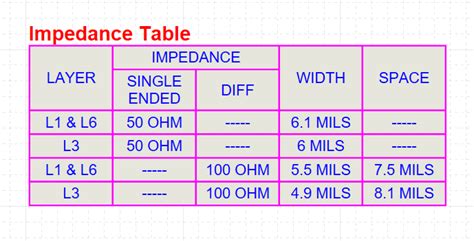 Read more: PCB impedance control
Read more: PCB impedance controlWhat is PCB Impedance? PCB impedance refers to the opposition to the flow of electrical current in a printed circuit board (PCB). It is a critical factor in ensuring the integrity and reliability of high-speed digital signals and high-frequency analog signals in PCB designs. Controlling PCB impedance is essential for […]
-
 Read more: DC Chopper: Introduction, Working, and Application
Read more: DC Chopper: Introduction, Working, and ApplicationWhat is a DC Chopper? A DC chopper is a power electronic device that converts fixed DC input voltage to a variable DC output voltage. It is essentially a high-speed switch that rapidly connects and disconnects the load from the power source, effectively “chopping” the DC voltage into discrete pulses. […]
-
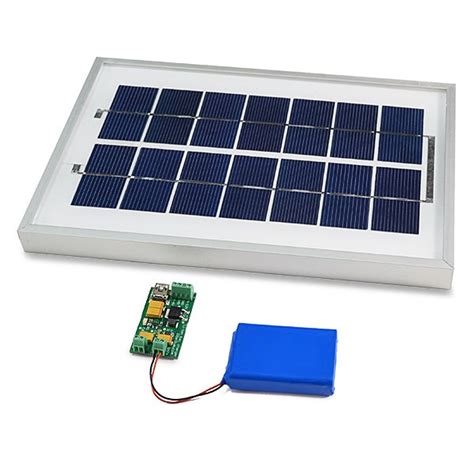 Read more: Arduino Solar Charger- All You Need to Know about the Solar Charger System
Read more: Arduino Solar Charger- All You Need to Know about the Solar Charger SystemWhat is an Arduino Solar Charger? An Arduino solar charger is a DIY system that uses solar panels to convert sunlight into electricity, which is then regulated by an Arduino microcontroller to safely charge batteries or power devices. The key components include: Solar panel(s) to collect solar energy Arduino board […]
-
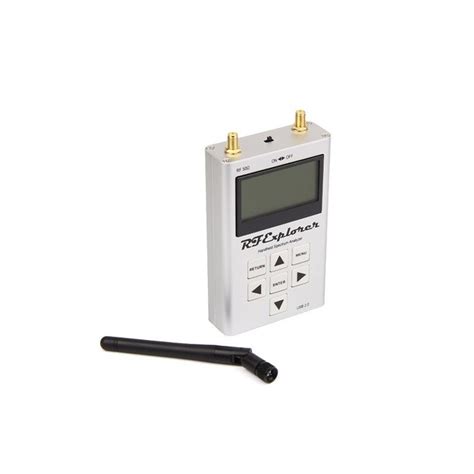 Read more: RF Explorer: A Low-Cost, Portable, RF Spectrum Analyzer
Read more: RF Explorer: A Low-Cost, Portable, RF Spectrum AnalyzerIntroduction to RF Explorer The RF Explorer is a handheld, portable spectrum analyzer that allows you to visualize and analyze radio frequency (RF) signals from 15 MHz up to 2.7 GHz. It is a versatile tool for hobbyists, engineers, and technicians who need to troubleshoot and optimize wireless systems. Some […]
-
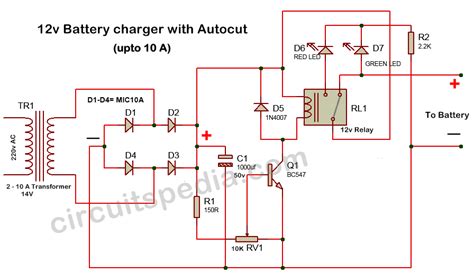 Read more: Battery Charge Circuit – 5 Customized Functions for Perfect Charging
Read more: Battery Charge Circuit – 5 Customized Functions for Perfect ChargingIntroduction to Battery Charge Circuits A battery charge circuit is an electronic circuit designed to safely and efficiently charge rechargeable batteries. The main purpose of a battery charge circuit is to control the charging process, ensuring that the battery is charged to its optimal capacity without overcharging or undercharging, which […]
-
2N5088 Pinout – An All-Inclusive Guide
Posted by
–
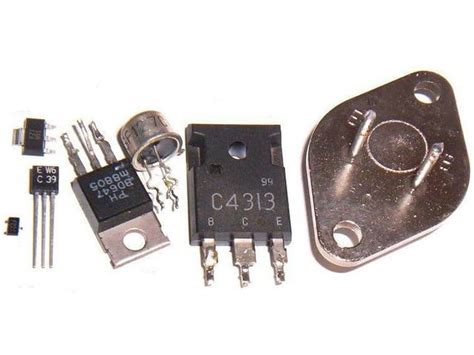 Read more: 2N5088 Pinout – An All-Inclusive Guide
Read more: 2N5088 Pinout – An All-Inclusive GuideIntroduction to the 2N5088 Transistor The 2N5088 is a popular NPN bipolar junction transistor (BJT) that is widely used in switching and amplification applications. This transistor is known for its high current gain, fast switching speeds, and robustness, making it a versatile component for various electronic projects. In this comprehensive […]
-
Audio Wattmeter: A Power Measuring Device
Posted by
–
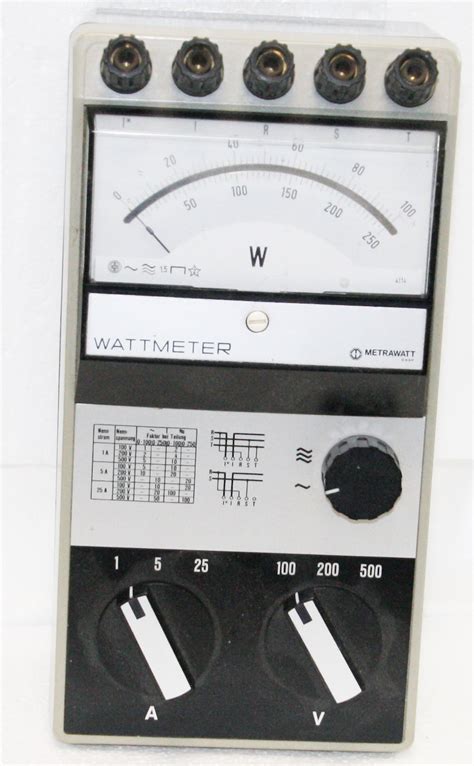 Read more: Audio Wattmeter: A Power Measuring Device
Read more: Audio Wattmeter: A Power Measuring DeviceWhat is an Audio Wattmeter? An audio wattmeter is a specialized measuring device designed to accurately determine the power output of audio systems. It measures the electrical power consumed by an audio device, typically in watts, by analyzing the voltage and current flowing through the system. How Does an Audio […]
